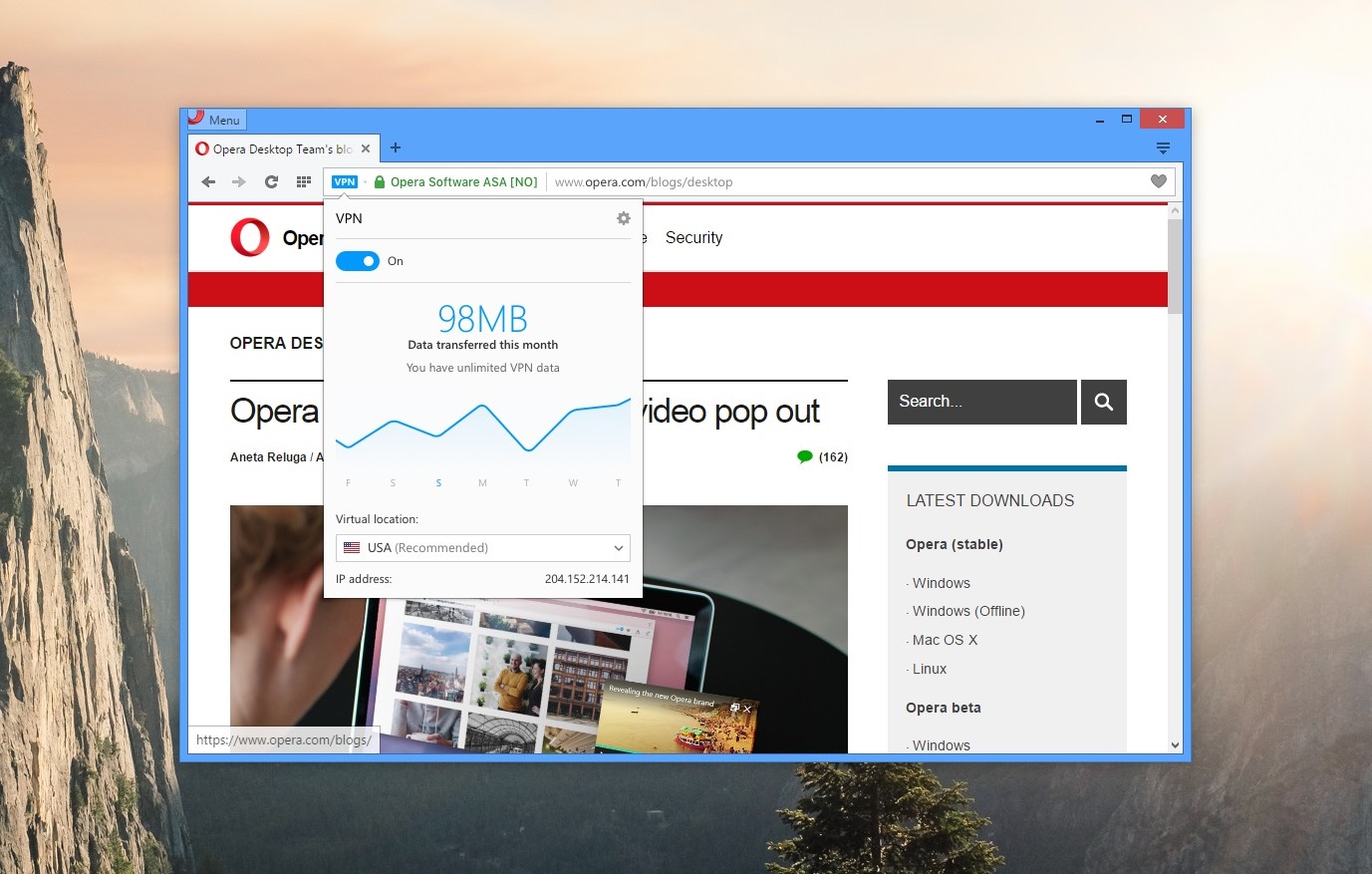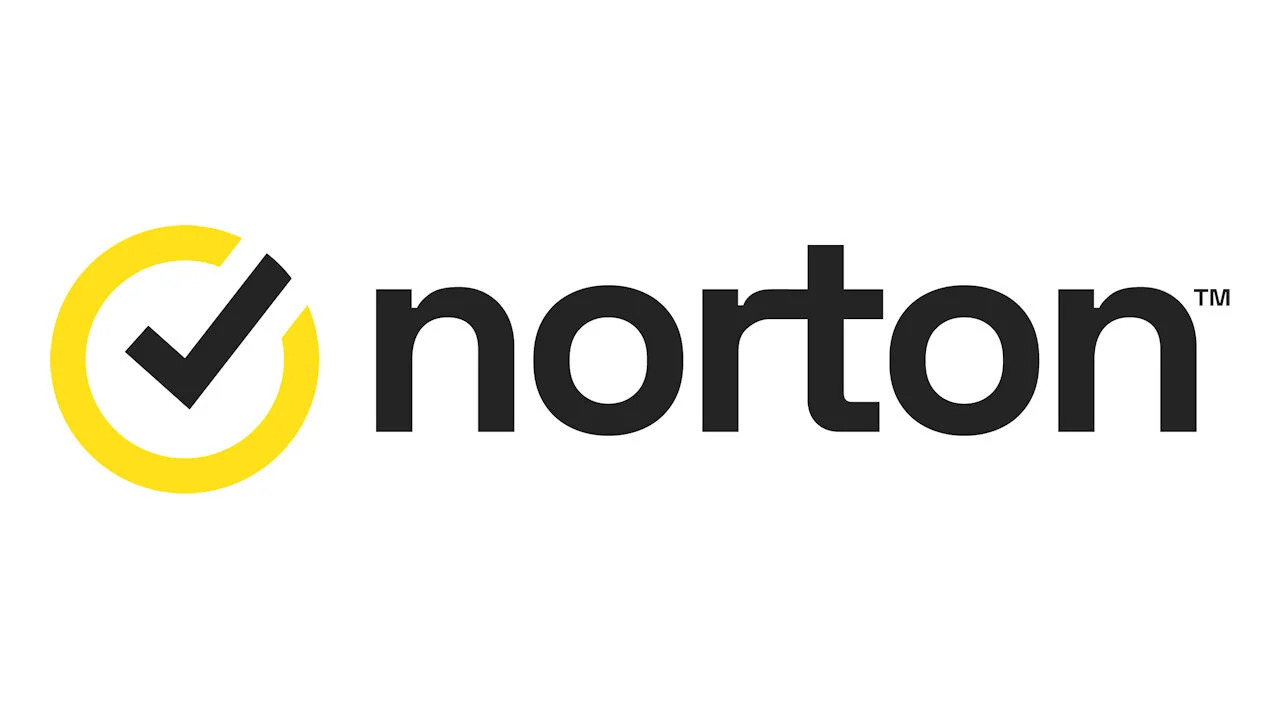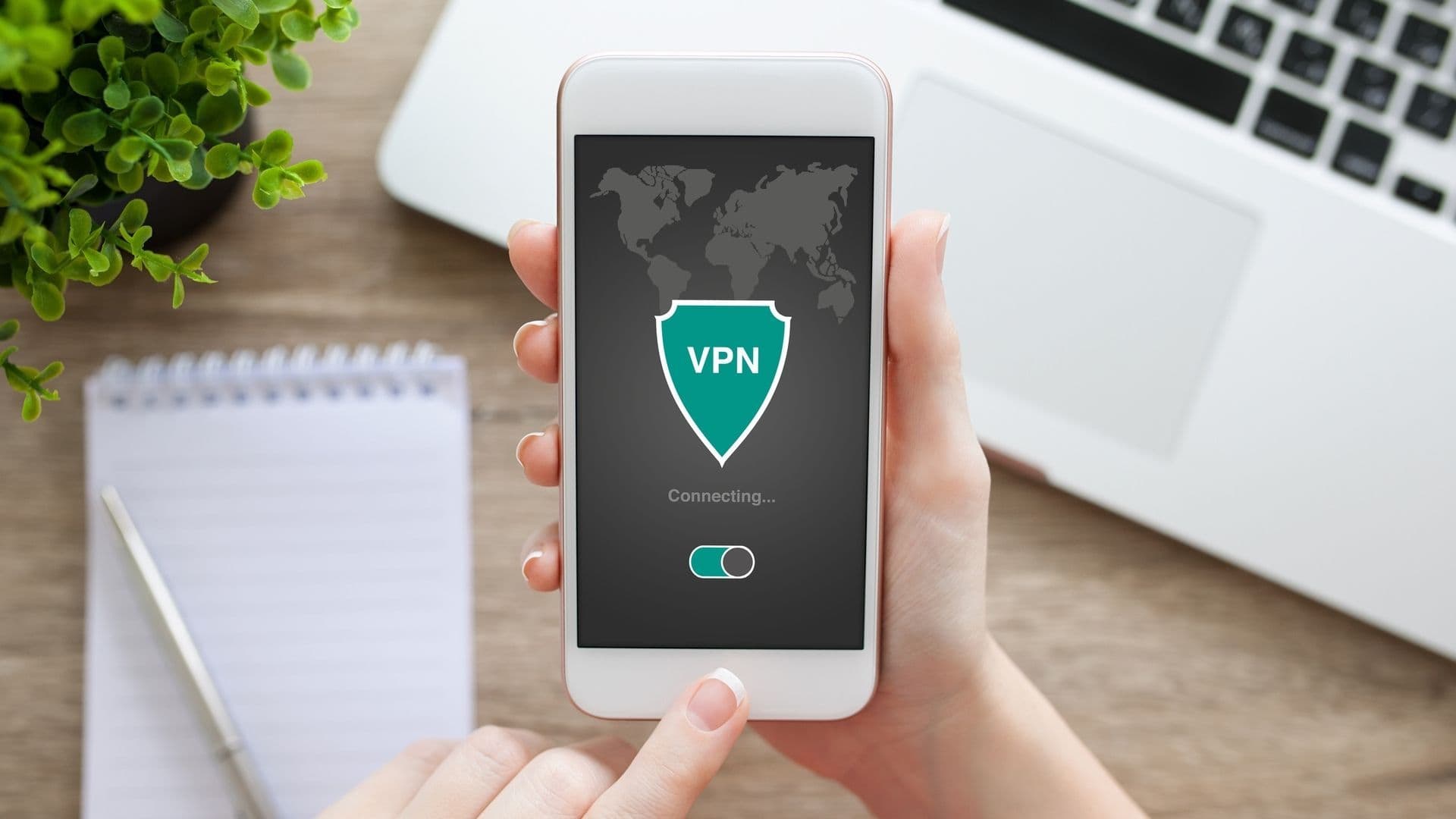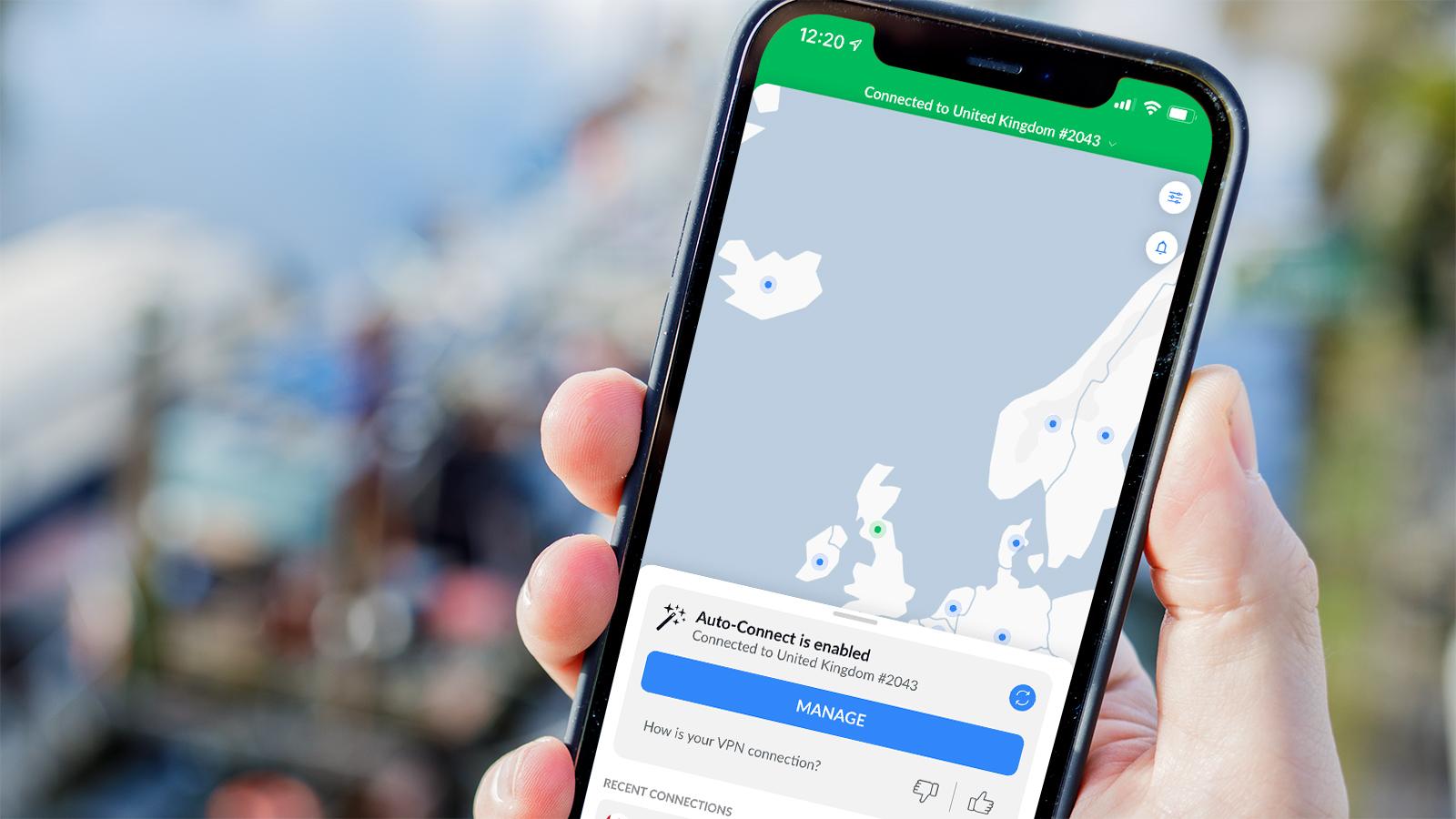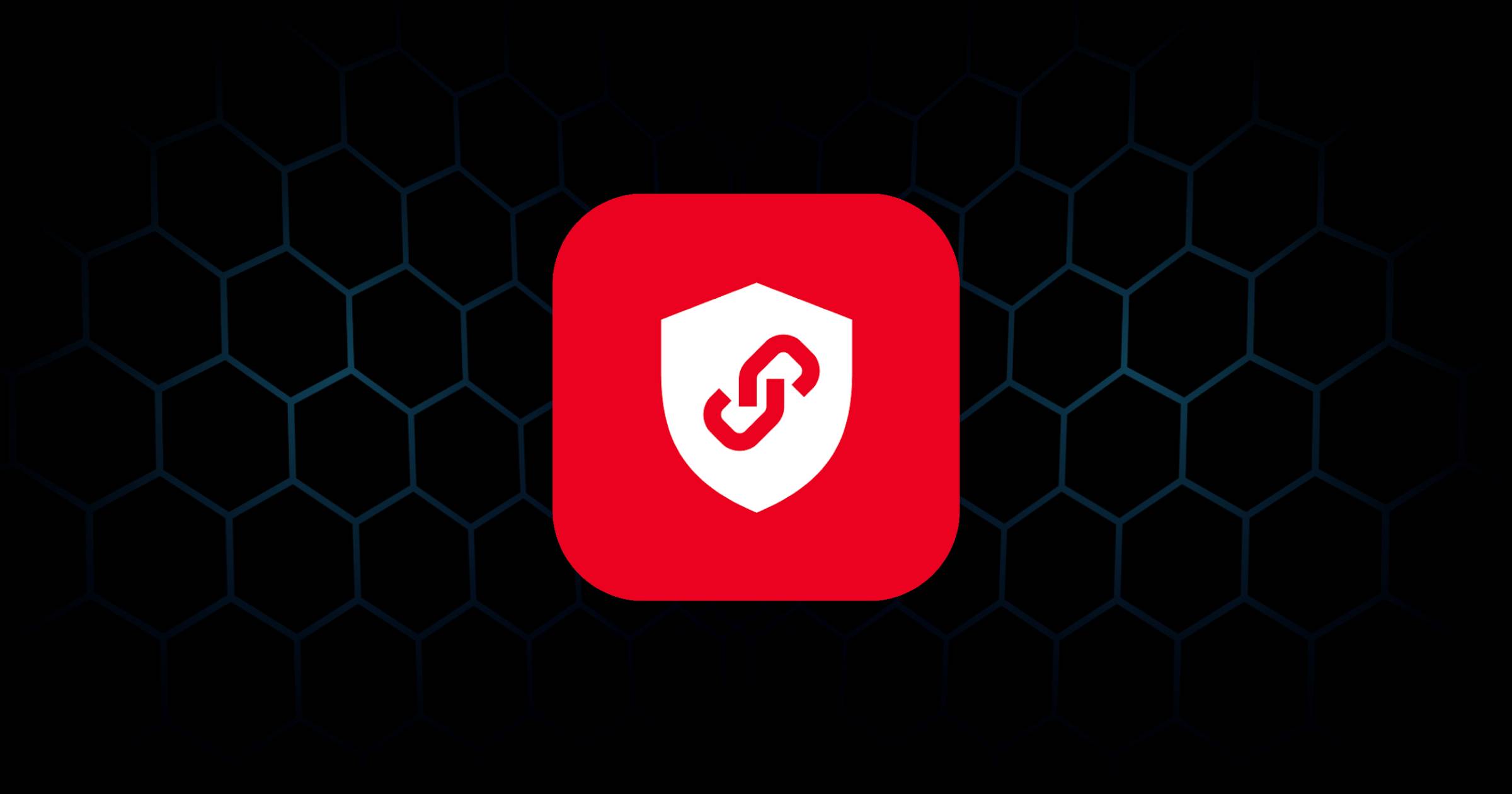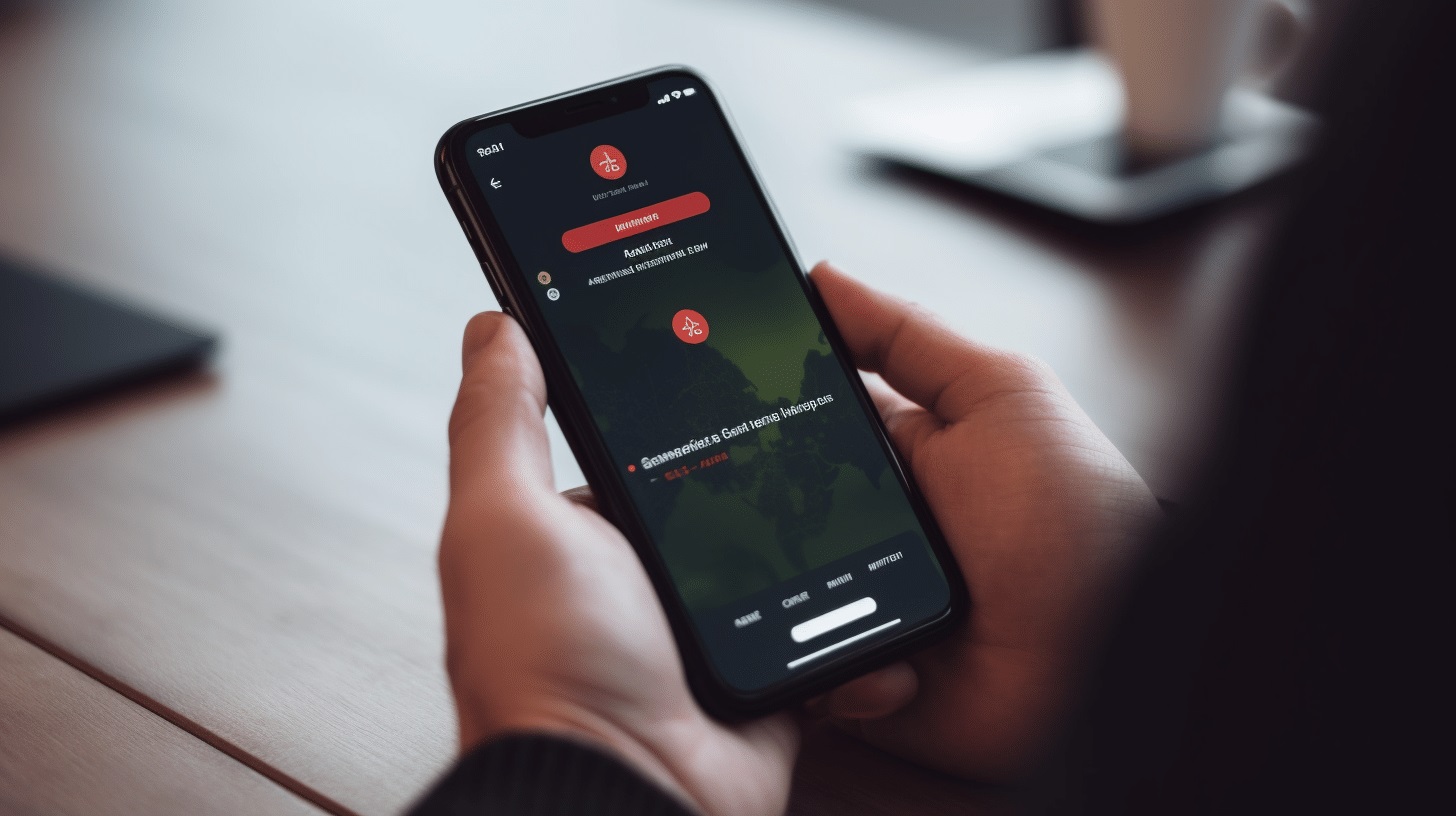Home>Software and Apps>Does VPN Bypass Parental Controls


Software and Apps
Does VPN Bypass Parental Controls
Published: March 3, 2024
Learn how software and apps can bypass parental controls with a VPN. Find out how to access restricted content and protect your privacy online.
(Many of the links in this article redirect to a specific reviewed product. Your purchase of these products through affiliate links helps to generate commission for Techsplurge.com, at no extra cost. Learn more)
Table of Contents
Introduction
In today's digital age, the internet plays a pivotal role in the lives of children and teenagers. While the online world offers a plethora of educational resources and entertainment, it also presents potential risks and inappropriate content. To safeguard young users from these perils, many parents rely on parental control tools to monitor and manage their children's online activities. However, with the increasing popularity of Virtual Private Networks (VPNs), concerns have arisen regarding their potential to bypass parental controls.
Understanding the dynamics of parental controls and VPNs is crucial for both parents and young users. This article aims to delve into the intricacies of these technologies, shedding light on their functionalities and the implications of VPNs bypassing parental controls. By gaining a comprehensive understanding of these concepts, parents can take proactive measures to ensure their children's online safety and well-being.
The digital landscape is constantly evolving, presenting new challenges and opportunities for families. As such, staying informed about the latest trends and technologies is essential for fostering a secure and nurturing online environment for children. With this in mind, let's explore the intersection of parental controls and VPNs, unraveling the complexities and implications associated with their interaction.
Understanding Parental Controls
Parental controls are a vital tool for parents seeking to manage and monitor their children's online activities. These software-based features are designed to empower parents with the ability to regulate the content their children can access, limit screen time, and oversee their digital interactions. By leveraging parental controls, caregivers can establish a safer and more secure online environment for their young ones.
The functionalities of parental controls encompass a wide array of features, including content filtering, website blocking, and application restrictions. Content filtering allows parents to block or filter out specific types of content deemed inappropriate for their children, such as violence, explicit language, or adult-oriented material. This feature serves as a protective barrier, shielding young users from potentially harmful or unsuitable content.
Moreover, website blocking enables parents to restrict access to certain websites or online platforms that may pose risks to their children's well-being. By implementing these restrictions, parents can mitigate the likelihood of their children stumbling upon harmful or age-inappropriate content during their online endeavors.
Additionally, parental controls often include the capability to set time limits for device usage, ensuring that children do not spend excessive amounts of time engrossed in digital activities. This feature promotes a balanced approach to screen time, encouraging children to engage in other enriching activities beyond the digital realm.
Furthermore, application restrictions allow parents to manage the types of apps their children can download and use. By exercising control over the applications accessible to their children, parents can mitigate potential risks associated with certain apps while fostering a safer and more controlled digital experience.
In essence, parental controls serve as a valuable tool for parents striving to strike a harmonious balance between their children's digital engagement and their overall well-being. By leveraging the functionalities offered by parental control tools, caregivers can proactively safeguard their children from online threats and ensure a nurturing and secure online environment.
What is a VPN?
A Virtual Private Network (VPN) is a technology that enables users to establish a secure and encrypted connection over a public network, typically the internet. This network of encrypted connections allows users to transmit data and access online resources while maintaining privacy and security. VPNs are widely utilized for various purposes, including enhancing online privacy, bypassing geographical restrictions, and securing sensitive data transmission.
At its core, a VPN functions as a secure tunnel between the user's device and the internet, safeguarding the transmitted data from potential interception or unauthorized access. By encrypting the data passing through the network, VPNs shield users from prying eyes and potential cyber threats, thereby bolstering their online security and privacy.
One of the primary advantages of using a VPN is the ability to mask one's IP address and alter their virtual location. This feature enables users to circumvent geographical restrictions imposed by certain websites or online services, granting them access to content that may be restricted in their actual location. Additionally, VPNs can be instrumental in safeguarding users' online activities from surveillance and data tracking, thereby preserving their anonymity and privacy.
Furthermore, VPNs play a pivotal role in fortifying the security of data transmission, especially when utilizing public Wi-Fi networks. These networks are susceptible to security vulnerabilities, making users vulnerable to potential cyber threats. By employing a VPN, users can encrypt their data and shield it from unauthorized access, mitigating the risks associated with unsecured public Wi-Fi connections.
In essence, a VPN serves as a versatile tool for enhancing online security, privacy, and accessibility. By leveraging the capabilities of a VPN, users can navigate the digital landscape with heightened confidence, knowing that their online activities are shielded from prying eyes and potential security threats. As the digital realm continues to evolve, the role of VPNs in safeguarding online experiences becomes increasingly indispensable, offering users a robust layer of protection and privacy in an interconnected world.
How VPNs Work
Virtual Private Networks (VPNs) operate by establishing a secure and encrypted connection between the user's device and a remote server. This connection, often referred to as a VPN tunnel, encapsulates the user's data in a layer of encryption, safeguarding it from potential interception or unauthorized access. The fundamental mechanism behind VPNs involves the encryption and encapsulation of data, ensuring that it remains secure and private throughout its journey across the internet.
When a user initiates a VPN connection, their device encrypts the data before transmitting it through the VPN tunnel to the remote server. This encryption process involves encoding the data in a manner that renders it indecipherable to unauthorized entities, thereby fortifying its security. Once the encrypted data reaches the remote server, it is decrypted and forwarded to its intended destination, whether it be a website, online service, or another network.
The remote server, acting as an intermediary, transmits the user's data to its destination while assuming the user's IP address, effectively masking the user's actual location and identity. This process enables users to obfuscate their IP addresses, making it appear as though their online activities originate from the location of the remote server. As a result, users can bypass geographical restrictions and access online content that may be restricted in their actual location.
Moreover, VPNs facilitate secure data transmission, particularly when users are connected to unsecured or public Wi-Fi networks. By encrypting the data passing through the VPN tunnel, users can mitigate the risks associated with potential eavesdropping or data interception on public networks, thereby bolstering their online security and privacy.
In essence, the intricate workings of VPNs revolve around encryption, encapsulation, and secure data transmission. By leveraging these mechanisms, VPNs empower users to navigate the digital landscape with heightened security, privacy, and accessibility. As the demand for online privacy and security continues to escalate, the role of VPNs in safeguarding users' digital experiences becomes increasingly pivotal, offering a robust shield against potential cyber threats and privacy infringements.
Can VPNs Bypass Parental Controls?
The use of Virtual Private Networks (VPNs) has sparked concerns regarding their potential to bypass parental controls, raising questions about the efficacy of these safeguards in the face of VPN technology. VPNs have the capability to circumvent certain aspects of parental controls, posing challenges for parents striving to regulate their children's online activities.
One of the primary ways VPNs can bypass parental controls is by masking the user's IP address and altering their virtual location. This feature enables users, including children and teenagers, to evade geographical restrictions imposed by parental control tools, granting them access to content that may be restricted based on their actual location. By leveraging a VPN, young users can circumvent website blocking and content filtering implemented by parental controls, potentially exposing them to unsuitable or harmful online content.
Moreover, VPNs can undermine application restrictions imposed by parental controls, allowing users to download and utilize apps that may have been restricted or deemed inappropriate. By altering their virtual location and assuming a different IP address, users can bypass the limitations imposed by parental controls, gaining access to a wider array of applications and online services.
Additionally, VPNs can enable users to evade time restrictions set by parental controls, granting them unrestricted access to digital devices and online activities. By masking their IP addresses and circumventing the geographical limitations enforced by parental controls, young users can potentially bypass time limits and engage in prolonged digital interactions, undermining the intended purpose of time management features.
The ability of VPNs to bypass parental controls underscores the challenges faced by parents in regulating their children's online experiences. As VPN technology continues to evolve and gain prominence, it becomes increasingly crucial for parents to stay informed about the potential implications of VPNs on parental control measures.
In essence, the capacity of VPNs to bypass parental controls poses significant challenges for parents seeking to foster a secure and controlled online environment for their children. By understanding the intricacies of VPN technology and its interaction with parental controls, parents can take proactive measures to mitigate the risks associated with VPN bypassing and safeguard their children's digital well-being.
Read more: How To Bypass IP Ban Without VPN
Risks and Consequences of Bypassing Parental Controls
The bypassing of parental controls through the use of Virtual Private Networks (VPNs) poses significant risks and consequences, particularly for young users navigating the digital landscape. By circumventing the protective barriers established by parental control tools, children and teenagers may be exposed to a myriad of potential hazards and adverse outcomes.
One of the foremost risks associated with bypassing parental controls via VPNs is the exposure to unsuitable or harmful online content. With the ability to evade content filtering and website blocking implemented by parental controls, young users may inadvertently access content that is inappropriate for their age or detrimental to their well-being. This exposure can encompass various forms of content, including violence, explicit language, and adult-oriented material, potentially impacting the psychological and emotional development of young individuals.
Furthermore, bypassing parental controls through VPNs can lead to heightened privacy and security risks for children and teenagers. By evading the protective measures implemented by parental controls, young users may engage in online activities that compromise their privacy and expose them to potential cyber threats. This vulnerability can manifest in various forms, such as interactions with unknown individuals, exposure to malicious websites, and the sharing of personal information in unsecured online environments.
Moreover, the bypassing of parental controls via VPNs can engender a sense of disconnect and lack of transparency within the parent-child relationship. By circumventing the restrictions and oversight established by parental controls, children and teenagers may engage in digital activities without the knowledge or guidance of their parents. This lack of transparency can hinder open communication and parental guidance, potentially leading to a divergence from the intended values and principles instilled by caregivers.
Additionally, the bypassing of parental controls through VPNs can undermine the establishment of healthy digital habits and responsible online behavior. By evading time restrictions and application limitations imposed by parental controls, young users may develop unchecked digital habits, leading to excessive screen time and potentially addictive behaviors. This deviation from balanced digital engagement can impact various facets of their lives, including academic performance, social interactions, and overall well-being.
In essence, the risks and consequences of bypassing parental controls through VPNs encompass a spectrum of potential hazards and adverse outcomes for young users. By understanding these implications, parents can take proactive measures to mitigate the risks associated with VPN bypassing and foster a secure and nurturing online environment for their children.
Tips for Parents to Prevent VPN Bypassing
As the prevalence of Virtual Private Networks (VPNs) continues to raise concerns regarding their potential to bypass parental controls, it becomes imperative for parents to implement proactive measures to mitigate these risks and safeguard their children's online experiences. Here are several tips for parents to prevent VPN bypassing and foster a secure digital environment for their children:
-
Open Communication: Establishing open and transparent communication with children about the risks and implications of VPN usage is paramount. By engaging in constructive conversations about online safety and responsible digital behavior, parents can instill a sense of awareness and understanding in their children, empowering them to make informed decisions regarding their online activities.
-
Educate about VPNs: Educating children about the functionalities and potential risks associated with VPNs can enhance their awareness and discernment. By providing age-appropriate information about VPN technology and its implications, parents can equip their children with the knowledge necessary to make informed choices and recognize the potential consequences of VPN bypassing.
-
Utilize Advanced Parental Control Features: Leveraging advanced parental control tools that incorporate robust VPN detection and prevention mechanisms can fortify the protective barriers against VPN bypassing. By utilizing parental control solutions equipped with VPN detection capabilities, parents can enhance their ability to monitor and regulate their children's online activities effectively.
-
Regular Monitoring and Oversight: Maintaining regular monitoring and oversight of children's online activities can serve as a proactive measure to detect potential VPN usage. By staying attuned to their children's digital interactions and reviewing their online behaviors, parents can identify any anomalies or signs of VPN bypassing, enabling them to intervene and address the issue promptly.
-
Establish Clear Guidelines and Boundaries: Setting clear guidelines and boundaries regarding online behavior and device usage is essential. By establishing comprehensive rules and expectations for digital engagement, parents can delineate the parameters within which their children are expected to operate, reducing the likelihood of VPN bypassing and promoting responsible online conduct.
-
Stay Informed and Updated: Keeping abreast of the latest developments in VPN technology and online security trends is crucial. By staying informed about emerging VPN bypassing methods and evolving parental control solutions, parents can adapt their strategies and defenses to effectively mitigate the risks associated with VPN usage.
By implementing these proactive measures and fostering a supportive and communicative environment, parents can significantly reduce the likelihood of VPN bypassing and cultivate a secure and nurturing online environment for their children.
Conclusion
In navigating the intricate intersection of parental controls and Virtual Private Networks (VPNs), it becomes evident that the evolving digital landscape presents both opportunities and challenges for parents seeking to safeguard their children's online experiences. The proliferation of VPN technology has raised concerns about its potential to bypass parental controls, underscoring the need for proactive measures and informed strategies to mitigate these risks effectively.
As parents strive to foster a secure and nurturing online environment for their children, it is imperative to recognize the multifaceted nature of the digital realm and the dynamic interplay between parental control tools and VPN technology. By understanding the functionalities and implications of parental controls, caregivers can establish protective barriers that regulate their children's online activities, mitigating potential risks and exposure to unsuitable content.
Moreover, gaining insight into the mechanisms and capabilities of VPNs is essential for parents to comprehend the potential challenges posed by VPN bypassing. By acknowledging the capacity of VPNs to circumvent geographical restrictions, content filtering, and time limitations imposed by parental controls, parents can proactively address these vulnerabilities and fortify their children's digital defenses.
In conclusion, the convergence of parental controls and VPN technology underscores the importance of proactive communication, education, and vigilance in fostering a secure online environment for children. By engaging in open dialogues about online safety, educating children about VPN technology, and leveraging advanced parental control features, parents can empower their children to navigate the digital landscape responsibly and discerningly.
As the digital landscape continues to evolve, parents are encouraged to stay informed, adapt their strategies, and maintain a supportive and communicative approach to address the challenges posed by VPN bypassing effectively. By implementing these proactive measures and fostering a collaborative partnership with their children, parents can navigate the complexities of the digital realm and cultivate a secure and enriching online environment that prioritizes the well-being and safety of their young ones.



